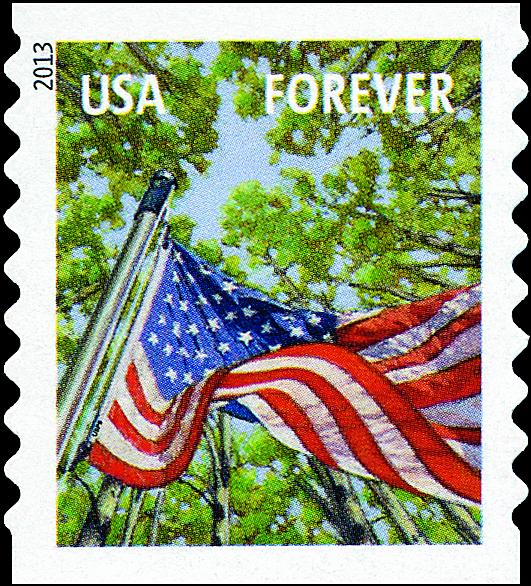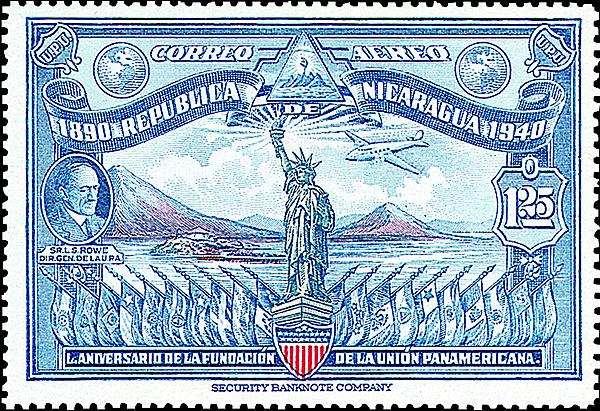World Stamps
Nicaraguan local post stamps
Nicaragua-Cabo Gracias a Dios — In the early part of the 20th century, local post stamps were issued for two Nicaraguan regions, the province of Zelaya (also known as Bluefields) and Cabo Gracias a Dios.
The issuance of these stamps was necessitated by the use of two different currencies in Nicaragua in this period. The rest of the country was using paper currency, but in these two areas a silver-based currency was in use.
Cabo Gracias a Dios is a cape and seaport in the extreme northeast of the country. It got its name, which means “cape thanks be to God” from Spanish explorers whose desperation to find suitable landfall was relieved when they came upon the natural harbor there.
In 1907, the 1905 series Nicaraguan Coat of Arms stamps were overprinted “Costa Atlantica” C. (Scott 2L48-59).
The 2014 Scott Classic Specialized Catalogue of Stamps and Covers 1840-1940 values the set at $15.35 in unused hinged condition.
I have never owned this set. It is in demand, and I think it is undervalued. I recommend buying it if you find it offered at anywhere near the Scott catalog value.
The Scott catalog warns that “Dangerous counterfeits exist of most of the Cabo Gracia a Dios overprints.”
However, most of the overprints are handstamped, but the overprint on this set was professionally typeset, and counterfeits, if they exist, should be easier to spot.
Tip of the week
United States — Local post stamps are a fascinating collecting specialty, offering a mixed bag of legal and illegal issues, many with weird or wacky designs. Most independent mail routes were put out of business by the Act of 1845, which reduced government postal zones to two and rates to 5¢ and 10¢ applied by weight. The Act of 1861, which gave the U.S. government a mail delivery monopoly, put most of the rest out of business. Local posts continued to spring up occassionally but generally were quickly suppressed.
While there are many scarce and valuable local post stamps, many also are quite affordable. I think a good one to start with is Allen’s City Dispatch of Chicago, Ill. This service operated briefly, beginning in 1882 until it was shut down by the government in February 1883.
The stamp design features a bald, bearded winged man flying through the air wearing only short pants and carrying a scythe and a valise with the letters ACD. An hourglass floats suspended near his feet. The nondenominated stamps come in four colors: pink (Scott 3L1), black (3L2), red-on-yellow paper (3L3), and blackish purple (3L4).
Unused remainders of the stamps were sold to collectors after the company was suppressed, and unused examples of all except the blackish purple stamp are within reach of most every collector.
The 2014 Scott Specialized Catalogue of United States Stamps and Covers values the pink stamp at $7.50, the black stamp at $12.50, and the red on yellow paper stamp at 75¢. Forgeries exist, but they are easily identified by the perforations. The genuine stamps are perforated gauge 10. The forgeries are perforated gauge 11, or gauge 11½, or are imperforate.
Put a little fun in your collecting and add one or all three to your collection. — H.G.
MORE RELATED ARTICLES
Headlines
-
Postal Updates
Oct 7, 2024, 5 PMUSPS plans to raise postal rates five times in next three years
-
US Stamps
Oct 7, 2024, 3 PMMcMurtrie dismissed as APS education director following Sept. 21 arrest
-
US Stamps
Oct 7, 2024, 12 PMVasiliauskas named president of Mystic Stamp Co.
-
US Stamps
Oct 6, 2024, 5 PMApgar souvenir card available







